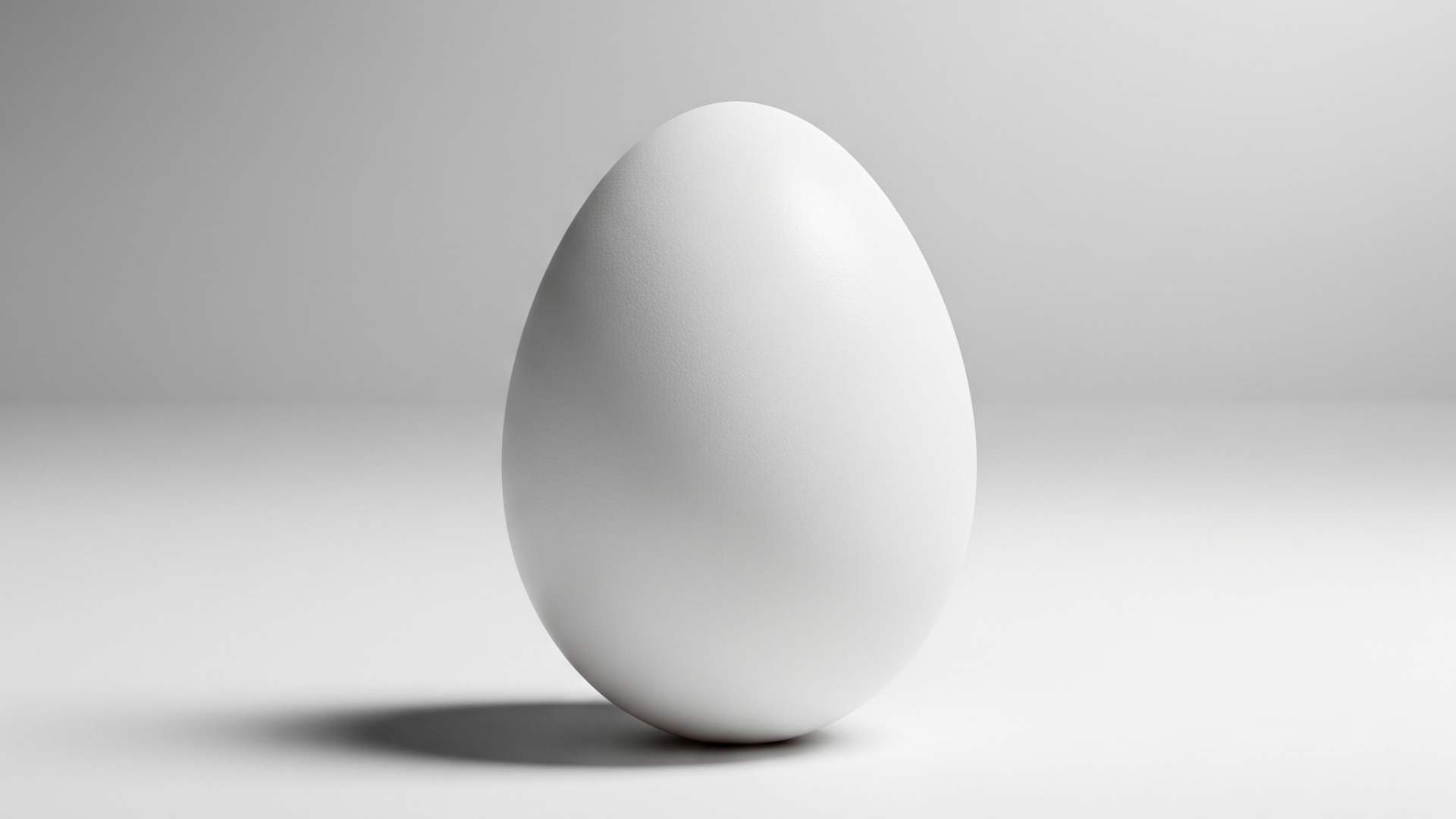
🥚🌱 Have you ever wondered what it truly takes for the humble egg to reach your plate — and at what environmental cost?
While eggs are a staple in kitchens worldwide, the journey they take from farm to table leaves behind a carbon trail that few consider. But with growing awareness about climate change, it’s time to crack open the facts — and explore how we can make egg production cleaner, greener, and more sustainable.
The Carbon Story Behind Every Egg
Eggs are often viewed as an eco-friendly source of protein — and in many ways, they are. Compared to beef or lamb, eggs have a significantly lower carbon footprint. But they’re not entirely guilt-free.
🔍 Here’s what contributes to the carbon footprint of egg production:
- Feed production: About 60-70% of the carbon emissions from egg farming come from growing feed crops like maize and soybean. These crops require fertilizers, water, and land — and often contribute to deforestation.
- Energy use: Running poultry farms involves lighting, heating, cooling, and automated equipment, which consumes electricity or fuel.
- Manure management: Chicken manure emits greenhouse gases like methane (CH₄) and nitrous oxide (N₂O), both more potent than carbon dioxide (CO₂).
- Transport: From moving feed to shipping eggs to stores or markets, transportation adds to the emissions tally.
💡 Fact: According to studies, producing one kilogram of eggs generates approximately 4.5 kg of CO₂ equivalent emissions on average.
Curious? How Does Egg Production Compare to Other Protein Sources?
If we stack eggs against other proteins:
- Beef: ~27 kg CO₂-eq per kg produced
- Pork: ~12 kg CO₂-eq
- Chicken meat: ~6-7 kg CO₂-eq
- Eggs: ~4-5 kg CO₂-eq
- Lentils: <1 kg CO₂-eq
👉 Clearly, eggs are better than red meat — but can we do better within egg production itself?
Solutions: Greening Egg Production at Every Stage
Reducing the carbon footprint of eggs doesn’t require radical change — small innovations across the supply chain can make a big impact.
1️⃣ Sustainable Poultry Feed
🌾 The largest contributor to emissions can also be the biggest opportunity.
- Switch to low-impact crops: Using locally grown grains reduces transportation emissions.
- Alternative protein sources: Some farms are experimenting with insect-based protein or algae as chicken feed, which has a much smaller environmental footprint.
- Precision feeding: Tailoring diets to hens’ needs helps reduce overfeeding and waste.
2️⃣ Energy-Efficient Farming
💡 Farms can cut carbon by rethinking their energy use:
- Solar panels on poultry sheds
- Energy-efficient lighting and automated systems
- Heat recovery systems to warm sheds using waste heat
Some innovative egg farms are now close to being net-zero energy users!
3️⃣ Better Manure Management
Instead of letting manure release harmful gases:
- Use anaerobic digesters to capture methane for biogas.
- Compost manure for use as organic fertilizer rather than synthetic ones.
- Explore manure pelletizing to create easy-to-transport, low-odor fertilizer.
4️⃣ Eco-friendly Packaging
Once the egg is laid, its environmental journey isn’t over.
- Paper pulp trays (like those from Veena Egg Tray) are compostable and made from recycled materials — far better than plastic cartons.
- Encourage returnable or reusable egg containers in local supply chains.
5️⃣ Transport & Local Markets
Why ship eggs across the country when local consumption is possible?
- Supporting local egg producers reduces transport emissions.
- Farmers’ markets and direct-to-consumer models keep the supply chain short and sustainable.
Emerging Technologies to Watch
🚀 Researchers and startups are exploring:
- Carbon footprint tracking tools for egg farms
- Blockchain systems for transparent, low-emission supply chains
- Genetics & selective breeding for hens that are healthier and more feed-efficient
What Can Consumers Do?
You play a vital role in reducing the carbon footprint of eggs:
✅ Buy local eggs — fresher and lower in transport emissions.
✅ Look for eco-friendly packaging.
✅ Support farms that invest in renewable energy or sustainable feed.
✅ Avoid food waste — store eggs properly and use them before expiry.
The Road Ahead: Eggs in a Low-Carbon Future
🌎 If the global egg industry adopted best practices in feed, energy, manure, and packaging, it could cut its carbon footprint by up to 50%, experts estimate.
Imagine a world where every egg you crack is part of the solution, not the problem — where hens are raised on sustainable feed, farms are powered by the sun, and packaging goes back to the earth.
🥚💚 The future of eggs can be green — if we all play our part.
Final Thoughts: It’s Time to Act
Eggs may be small, but their environmental impact — and potential for positive change — is mighty. As producers, suppliers, and consumers, we have the tools to transform egg production into a model of sustainability.
Let’s ensure the journey from farm to table leaves behind a legacy of care for our planet.
🌟 Looking for eco-friendly egg trays?
At Veena Egg Tray, we produce high-quality recycled paper egg trays that support a greener supply chain. Contact us today to make your packaging part of the solution!